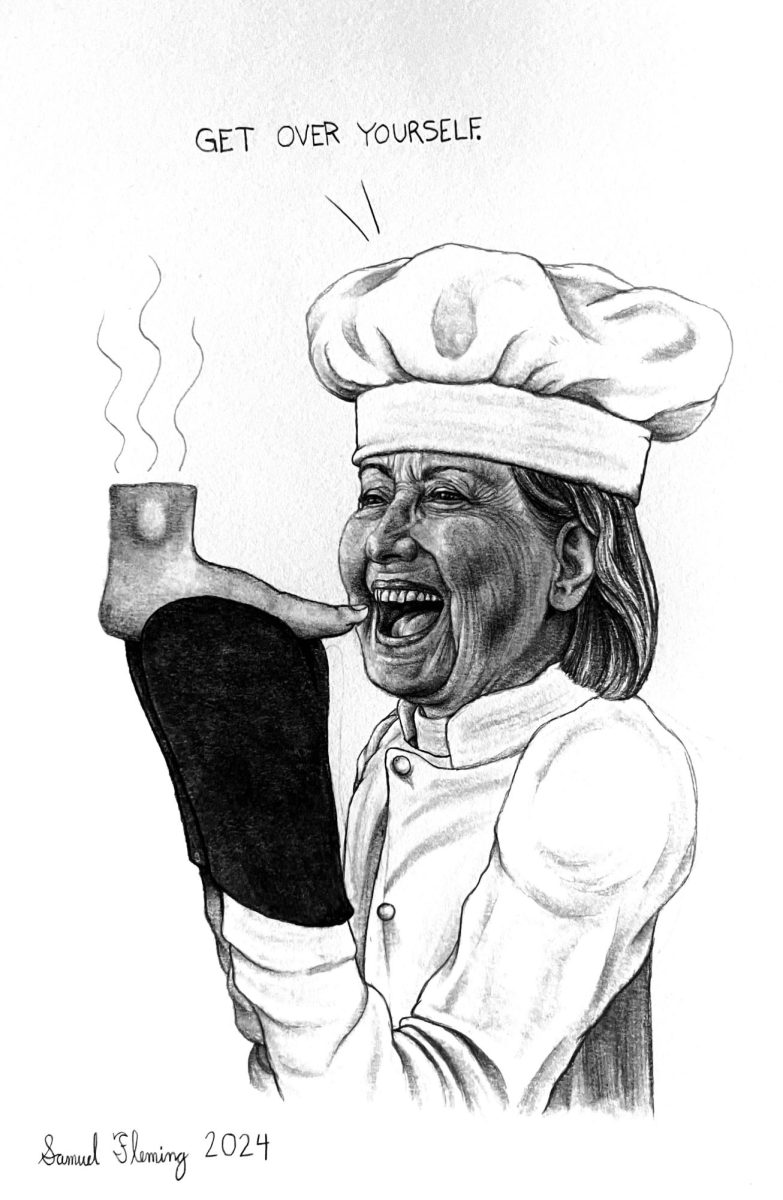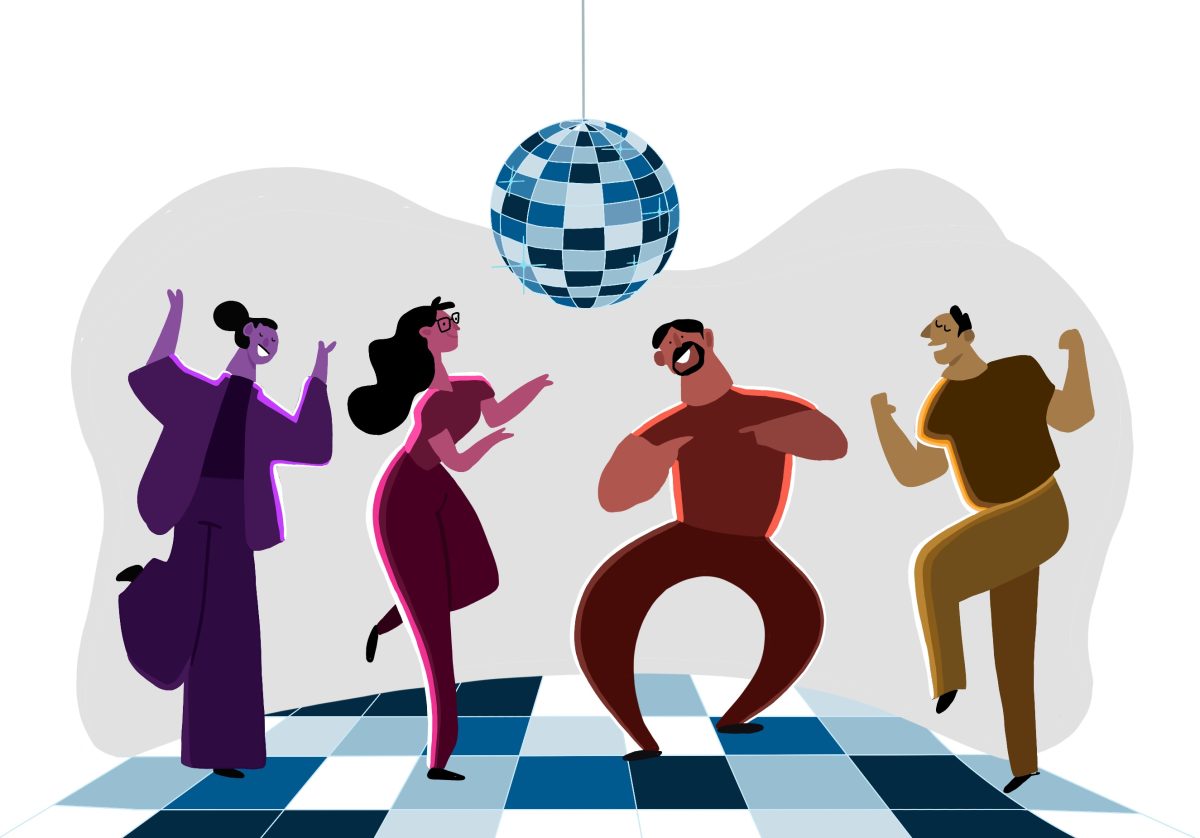In the great India epic the Mahabharata, the highest honor is given to a faithful dog that has walked alongside King Yudhistir through many trials and adventures. When Yudhistir reaches the entrance to heaven, the guard asks him to leave his dog behind. The king refuses to enter without his faithful companion saying, “He has walked with me.” Anyone who has walked beside another person understands that walking establishes strong personal connections.
A person who walks inspires others to walk. Some people walk to improve their health. Others, such as great thinkers, have walked to meditate or achieve enlightenment. Prophets, politicians, educators,
citizen activists and those seeking social and political reform have walked to educate others and learn. The philosopher Socrates combined walking and talking as a teaching method to draw out and analyze human thoughts.
Walking also encourages human interaction and communication. It could begin with a nod of the head or a wave of the hand as a sign that you have seen the other person, but then words often are exchanged and a conversation commences. Walking opens up the senses, especially sight, sound and touch, and makes it possible to come in contact with people you might not otherwise meet. When two humans cross each other’s paths, it is almost inevitable they will interact in some way. This could have even been true in ancient times when
individuals and groups migrated across continents to find that people spoke different languages and had different beliefs.
Any person who almost always walks in the same area will become visible to the rest of the community. The habit of walking allows others to develop trust in the walker. Within a few days, neighbors or co-workers will start talking among themselves about the person they see walking every day. And, eventually, they might stop him and begin a conversation. This pattern can be seen over and over again, in both small communities and in bustling urban areas.
There is a long tradition in India of individuals walking great distances and stopping to talk and work alongside others. Perhaps the most famous example is that of Mahatma Gandhi, who walked, talked and worked to spread the message of nonviolence throughout India. People around the world still remember Gandhi’s famous Salt March of India, which was the Boston Tea Party for the Indian people who were seeking independence from Britain.
This approach to walking and teaching is also an effective tool for ordinary citizens who want to interact with others they would not usually meet.
As we grow older, we often return to this walking tradition at every opportunity. What a joy to relieve one’s own burden by walking, talking and interacting with others. It is a way to give and receive respect and to age with security and authority. Mahatma Gandhi called walking, talking and working the three-way path to peace because it utilized the heart, hands and head. It is rewarding to live in a community where people are encouraged to walk, talk and work together. It contributes to peace within the community and growth of the body, mind and spirit.
On Tuesday, discover more benefits of walking at the Gopher Health Walk – held in conjunction with the Wellness Fair. The two-mile health improvement walk starts at the McNamara alumni center, and runs from 11:30 a.m. to 1:30 p.m.
Gajendra Patel, founder of the Senior Achievement Institute, is working in partnership with the Center for 4-H Youth Development and the Children, Youth & Family Consortium. Patel welcomes comments at [email protected]
















